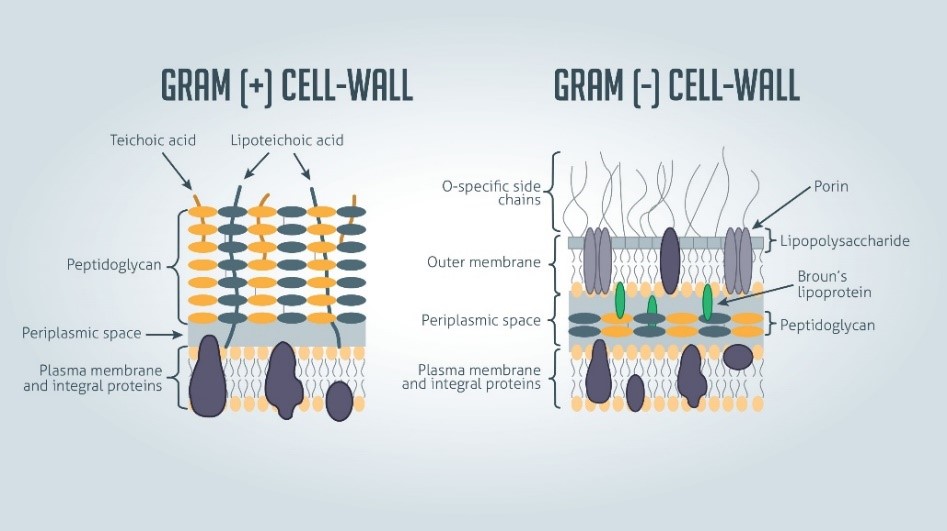

of Energy scale-bar data from Matt Russell) Stetter credit “korarchaeota”: modification of work by Office of Science of the U.S. (credit “Halobacterium”: modification of work by NASA credit “Nanoarchaeotum equitans”: modification of work by Karl O. This image shows a variety of korarchaeota species from the Obsidian Pool at Yellowstone National Park. Rickettsia: Obligate intracellular parasite that causes typhus and Rocky Mountain Spotted Fever Rhizobium: Nitrogen-fixing endosymbiont associated with roots of legumes Eukaryotic mitochondria are thought to be derived from bacteria in this group. Some species are photoautotrophic, but some are symbionts of plants and animals, and others are pathogens. Proteobacteria is further subdivided into five classes, Alpha through Epsilon (Table 1). Phylum Proteobacteria is one of up to 52 bacteria phyla. Plasmids, which consist of extra-chromosomal DNA, are also present in many species of bacteria and archaea. Some species also have flagella (singular, flagellum) used for locomotion, and pili (singular, pilus) used for attachment to surfaces. For example, the capsule found in some species enables the organism to attach to surfaces, protects it from dehydration and attack by phagocytic cells, and makes pathogens more resistant to our immune responses. Other structures are present in some prokaryotic species, but not in others. Some bacteria have an outer capsule outside the cell wall. The cell wall functions as a protective layer, and it is responsible for the organism’s shape. The composition of their cell walls also differs from the eukaryotic cell walls found in plants (cellulose) or fungi and insects (chitin). The composition of the cell wall differs significantly between the domains Bacteria and Archaea. Major groups of Archaea and Bacteria are shown. An ancestor of modern Archaea is believed to have given rise to Eukarya, the third domain of life. Bacteria and Archaea are both prokaryotes but differ enough to be placed in separate domains. “ Acinetobacter in Healthcare Settings.” Centers for Disease Control and Prevention.Figure 1. “ Haemophilus influenzae serotype f endocarditis and septic arthritis.” IDCases, vol. “ Molecular pathogenesis of infections caused by Moraxella catarrhalis in children.” Swiss Medical Weekly, 29 Oct. “ Gonorrhea - CDC Fact Sheet (Detailed Version).” Centers for Disease Control and Prevention.īernhard, Sara, et al. “ Pathogenesis of Meningococcemia.” Cold Spring Harbor Perspectives in Medicine, vol. “ Endotoxin Elimination in Patients with Septic Shock: An Observation Study.” Archivum Immunologiae Et Therapiae Experimentalis, vol. “ Group A Streptococcal (GAS) Disease.” Centers for Disease Control and Prevention.Īdamik, Barbara, et al.
:max_bytes(150000):strip_icc()/gram_negative_bacteria-5b7f308646e0fb002cbcdc5d.jpg)
“ Methicillin-Resistant Staphylococcus Aureus (MRSA).” Centers for Disease Control and Prevention. “ Bacterial Biofilm Formation on Implantable Devices and Approaches to Its Treatment and Prevention.” Heliyon, vol.


 0 kommentar(er)
0 kommentar(er)
